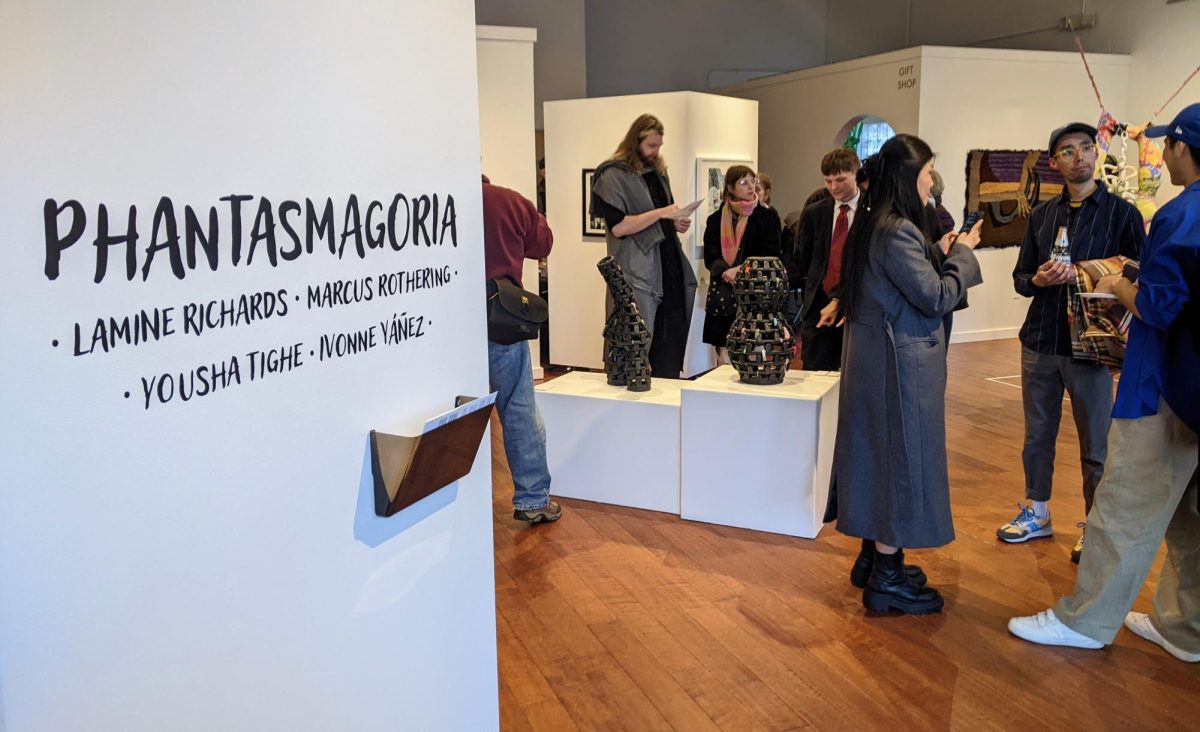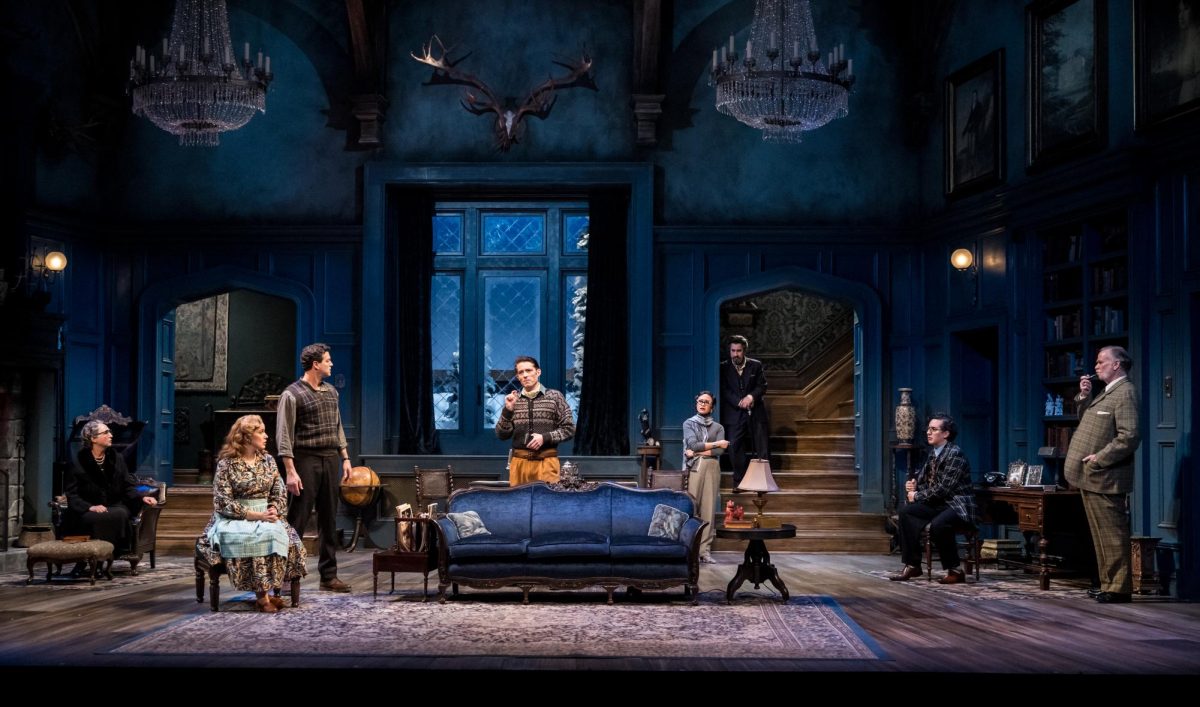WHAT 1968 exhibit
WHEN Friday, Oct. 14
WHERE Minnesota History Center, 345 W. Kellogg Blvd.
COST $8 college students, $10 adults
Just beyond the entrance to the Minnesota History CenterâÄôs new 1968 exhibit is a vintage, middle-America living room, replete with recreations of Paul McCobb furniture, spaghetti plastic light fixtures and a young Walter Cronkite on an old color television.
This is just one of a series of highly interactive installments that invites guests to submerge themselves in the culture of one of our countryâÄôs most significant and eventful years.
âÄúWe were trying to create that sense of being there,âÄù exhibit director Brian Horrigan said. âÄúThe most successful history exhibits give you that sense of taking you out of the museum. We want to give people the sense of the chaos, the color, the vivacity of this era.âÄù
Defying exhibit norms, guests are actually allowed to sit on the furniture, peruse through a magazine and be a part of the environment. A setting dedicated to the music of âÄô68 includes psychedelic beanbag chairs in which guests can lounge and listen to Johnny CashâÄôs recording at Folsom Prison (January âÄô68). An outfit that Janis Joplin once wore is hanging in a display case.
âÄúItâÄôs been one of our operating assumptions that 20-somethings have connected to the sixties through music and popular culture,âÄù Horrigan said. âÄúI think people will be pleased at the effort that we poured into the music section. ThereâÄôs a lot in there.âÄù
ThereâÄôs also a TV media lounge with screens showing clips from classic shows and movies, and another lounge dedicated to consumerism and style.
But beyond the more nostalgic entertainment fluff, MHS tackles the more significant political events of the year. Martin Luther King Jr. and Robert Kennedy were assassinated. Vietnam protests were approaching the peak of their intensity. The exhibit seeks to display an informative yet aesthetically pleasing snapshot of the turbulent political climate and social restlessness.
âÄúSo much happened in 1968. The year was filled with event after event,âÄù artistic director Earl Gutnik said. âÄúI wanted the exhibit to get that across in terms of the color, the kinetic lighting, the movement. So it is not a static space. When you move through it you never really know what youâÄôre going to see next.âÄù
The events are packaged chronologically. Broken down month-by-month, the exhibit can be navigated through 12 installments that are punctuated by the three lounges. Though originally conceived by the Minnesota Historical Society, it was assembled with the help of various organizations throughout the country and will be heading out on the road for a national tour with stops in Chicago, Oakland and Atlanta.
âÄúWe really wanted to create a series of settings so that you feel like youâÄôre embedded in the year,âÄù Horrigan said. âÄú1968 is kind of the focus, the concentration, the intensity of what the âÄò60s were.âÄù








